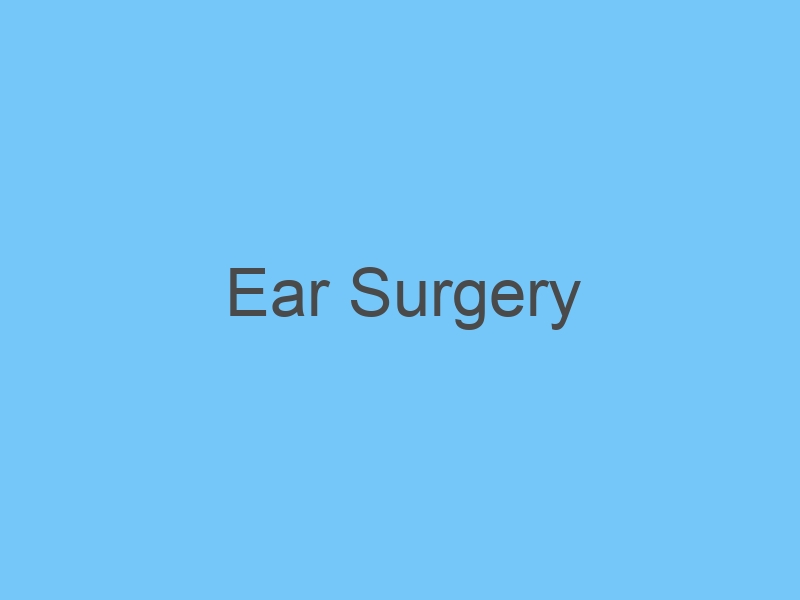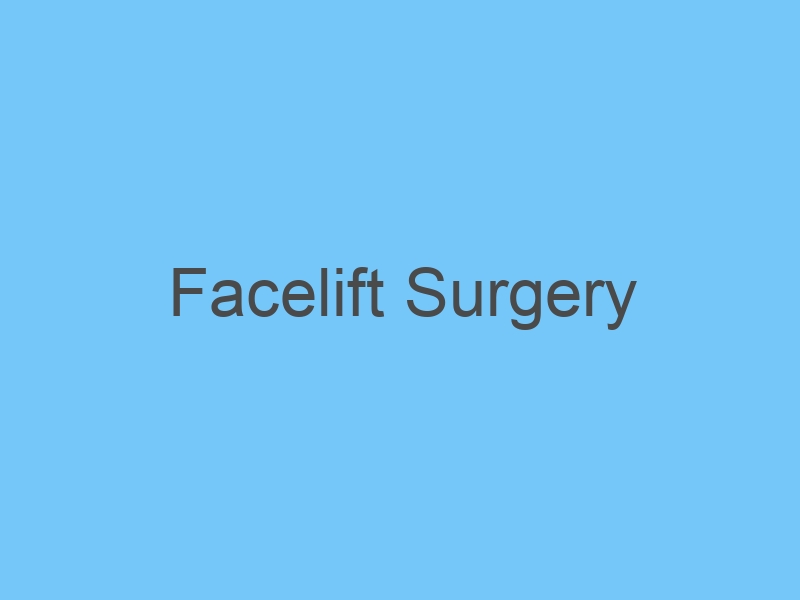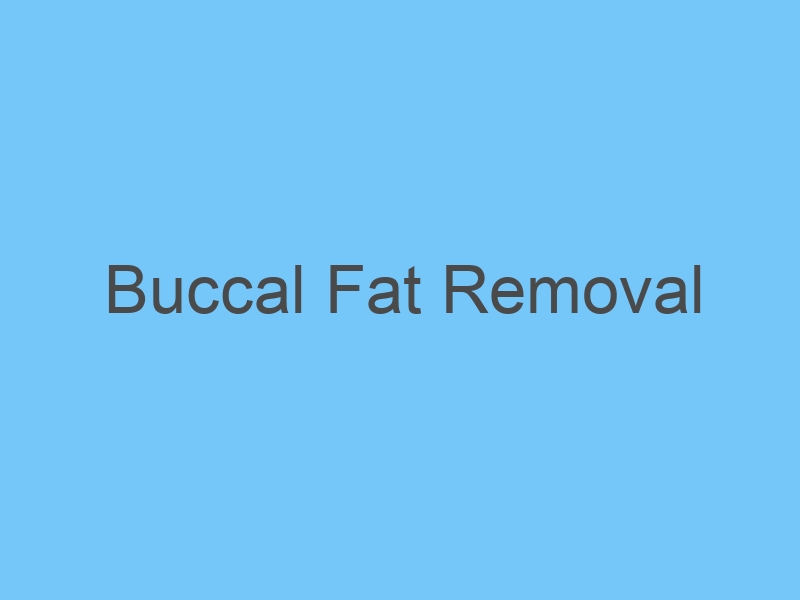
Buttock Enhancement
Buttock enhancement refers to procedures that are aimed at enhancing the size, shape, and overall appearance of the buttocks. These procedures are sought by individuals who desire fuller, more lifted, and well-proportioned buttocks. There are both surgical and non-surgical options available for buttock enhancement. Here are some of the most common approaches:
Surgical Buttock Enhancement:
- Brazilian Butt Lift (BBL): The Brazilian Butt Lift is a popular surgical procedure that involves liposuction to remove excess fat from areas of the body (such as the abdomen, thighs, or flanks), and then transferring that fat to the buttocks. The goal is to achieve a more lifted, fuller appearance.
- Buttock Implants: Buttock implants are silicone implants that are surgically placed within the buttock muscles to enhance their size and shape. This procedure is suitable for individuals who desire a more dramatic increase in buttock volume.
- Buttock Lift: A buttock lift addresses sagging or loose skin on the buttocks. It involves removing excess skin and tightening the remaining tissue to achieve a more lifted appearance.
Non-Surgical Buttock Enhancement:
- Injectable Fillers: Injectable fillers, often referred to as “liquid butt lifts,” involve the injection of dermal fillers (such as hyaluronic acid-based fillers) to add volume and improve the shape of the buttocks. Results are temporary and require maintenance treatments.
- Sculptra Injections: Sculptra is an injectable treatment that stimulates collagen production and helps improve the appearance of sagging or flat buttocks over time.
- Non-Surgical Butt Lift: Non-surgical butt lift procedures involve using radiofrequency or ultrasound energy to tighten and lift the skin on the buttocks without surgery.
It’s important to note that buttock enhancement procedures, especially surgical ones, should be performed by qualified and experienced plastic surgeons. The choice of procedure depends on factors such as your goals, anatomy, medical history, and the recommendations of your surgeon. Prior to undergoing any buttock enhancement procedure, it’s essential to have a thorough consultation with a board-certified plastic surgeon who can evaluate your needs and provide personalized recommendations based on your individual circumstances.
Does buttock enhancement cream really work?
It’s important to approach buttock enhancement creams with a degree of skepticism and to manage your expectations realistically. Here are some things to consider:
- Limited Clinical Evidence: Many buttock enhancement creams lack rigorous scientific studies demonstrating their effectiveness. The cosmetic industry is not as strictly regulated as the medical field, and claims made by product manufacturers may not always be backed by robust scientific evidence.
- Individual Variation: Even if a cream contains ingredients that theoretically promote fat growth or collagen production, individual responses can vary significantly. What works for one person might not work for another.
- Temporary Effects: Some creams may claim to provide a temporary “plumping” effect through increased blood flow or hydration, but these effects are likely to be short-lived and not a substitute for surgical or other more effective procedures.
- Safer Alternatives: If you’re looking for a more significant and lasting buttock enhancement, surgical options like a Brazilian Butt Lift (BBL) or buttock implants are more likely to provide the desired results. These procedures are performed by qualified plastic surgeons and can offer more predictable outcomes.
- Consultation with a Professional: Before using any buttock enhancement cream, it’s advisable to consult with a board-certified plastic surgeon or medical professional. They can provide you with accurate information about the most effective options for achieving your desired results.
How long does buttock enhancement last?
The duration of the results from buttock enhancement procedures can vary depending on the specific method used, individual factors, and how well you follow post-operative care instructions. Here’s an overview of the longevity of results for different buttock enhancement approaches:
Brazilian Butt Lift (BBL): A Brazilian Butt Lift involves using liposuction to remove excess fat from areas of the body and then transferring that fat to the buttocks to achieve a fuller, more lifted appearance. The results can be long-lasting, but it’s important to note that not all of the transferred fat may survive. Some fat cells may be reabsorbed by the body over time. However, the fat cells that successfully establish blood supply and survive in their new location can provide lasting results. Maintaining a stable weight is crucial for preserving BBL results.
Buttock Implants: Buttock implants are silicone implants surgically placed within the buttock muscles to enhance their size and shape. Implants can provide long-lasting results; however, they are not immune to potential complications such as implant rupture or displacement. The longevity of implants can be influenced by factors like implant quality, surgical technique, and individual body responses.
Non-Surgical Enhancements: Non-surgical approaches like injectable fillers or non-surgical butt lift procedures typically offer temporary results. Injectable fillers can provide a plumping effect that lasts several months to a year, depending on the type of filler used. Non-surgical butt lift procedures that use energy-based technologies may stimulate collagen production and provide mild skin tightening effects, but maintenance treatments are often required to sustain the results.
Maintenance and Lifestyle: Regardless of the method used, maintaining a healthy lifestyle is important for preserving the results of buttock enhancement procedures. Significant weight fluctuations, pregnancy, and other lifestyle changes can impact the appearance of the buttocks.
It’s important to discuss the expected longevity of results with your board-certified plastic surgeon during your consultation. They can provide you with specific information based on the procedure you’re considering, your individual characteristics, and your lifestyle. Keep in mind that while buttock enhancement procedures can provide significant improvements, natural aging and changes in your body over time are inevitable. Regular follow-up appointments with your surgeon can help monitor your results and address any concerns that may arise.
What are the procedures for buttocks enhancement?
There are several procedures available for buttock enhancement, ranging from surgical to non-surgical options. The choice of procedure depends on your goals, preferences, anatomy, and the recommendations of a qualified plastic surgeon. Here are some of the most common procedures for buttock enhancement:
Surgical Procedures:
- Brazilian Butt Lift (BBL): The Brazilian Butt Lift involves liposuction to remove excess fat from areas of the body (such as the abdomen, thighs, or flanks), and then transferring that fat to the buttocks. This procedure enhances the size and shape of the buttocks while also contouring other areas of the body through fat removal.
- Buttock Implants: Buttock implants are silicone implants that are surgically placed within the buttock muscles to enhance their size and shape. This procedure is suitable for individuals who desire a more dramatic increase in buttock volume.
- Buttock Lift: A buttock lift addresses sagging or loose skin on the buttocks. It involves removing excess skin and tightening the remaining tissue to achieve a more lifted appearance. This procedure is particularly beneficial for individuals with significant skin laxity.
- Combination Procedures: Some individuals opt for a combination of procedures to achieve their desired results. For example, a combination of liposuction, fat transfer, and skin tightening procedures may be performed for a comprehensive buttock enhancement.
Non-Surgical Procedures:
- Injectable Fillers: Injectable fillers, often referred to as “liquid butt lifts,” involve the injection of dermal fillers (such as hyaluronic acid-based fillers) to add volume and improve the shape of the buttocks. Results are temporary and require maintenance treatments.
- Sculptra Injections: Sculptra is an injectable treatment that stimulates collagen production and helps improve the appearance of sagging or flat buttocks over time. Results are gradual and can last longer than traditional fillers.
- Non-Surgical Butt Lift: Non-surgical butt lift procedures involve using radiofrequency or ultrasound energy to tighten and lift the skin on the buttocks without surgery. These procedures offer mild to moderate skin tightening effects and may require multiple sessions.
Before undergoing any buttock enhancement procedure, it’s crucial to have a consultation with a board-certified plastic surgeon. The surgeon will evaluate your individual case, discuss your goals, and recommend the most appropriate procedure(s) to achieve your desired outcomes safely and effectively. It’s important to have realistic expectations and to choose a qualified and experienced surgeon to ensure the best results and minimize potential risks.








